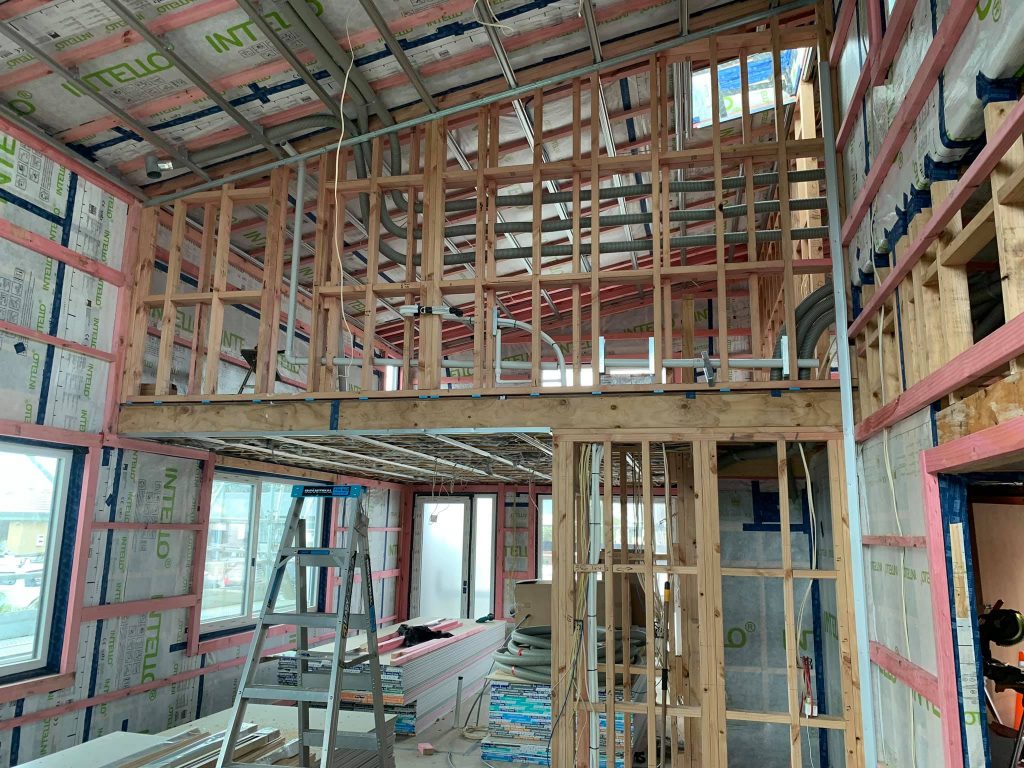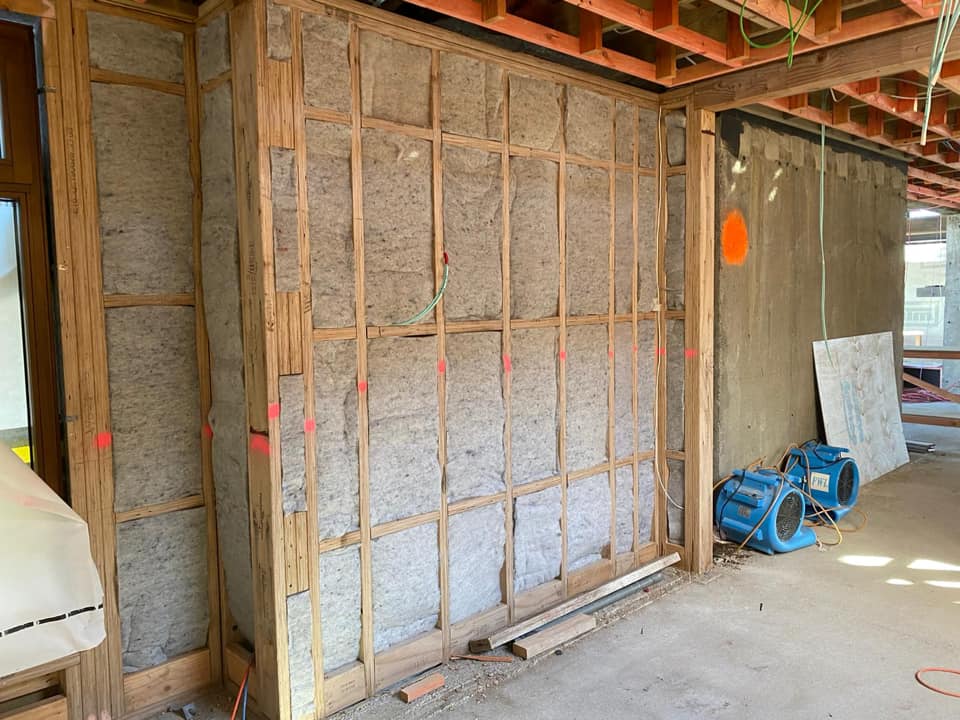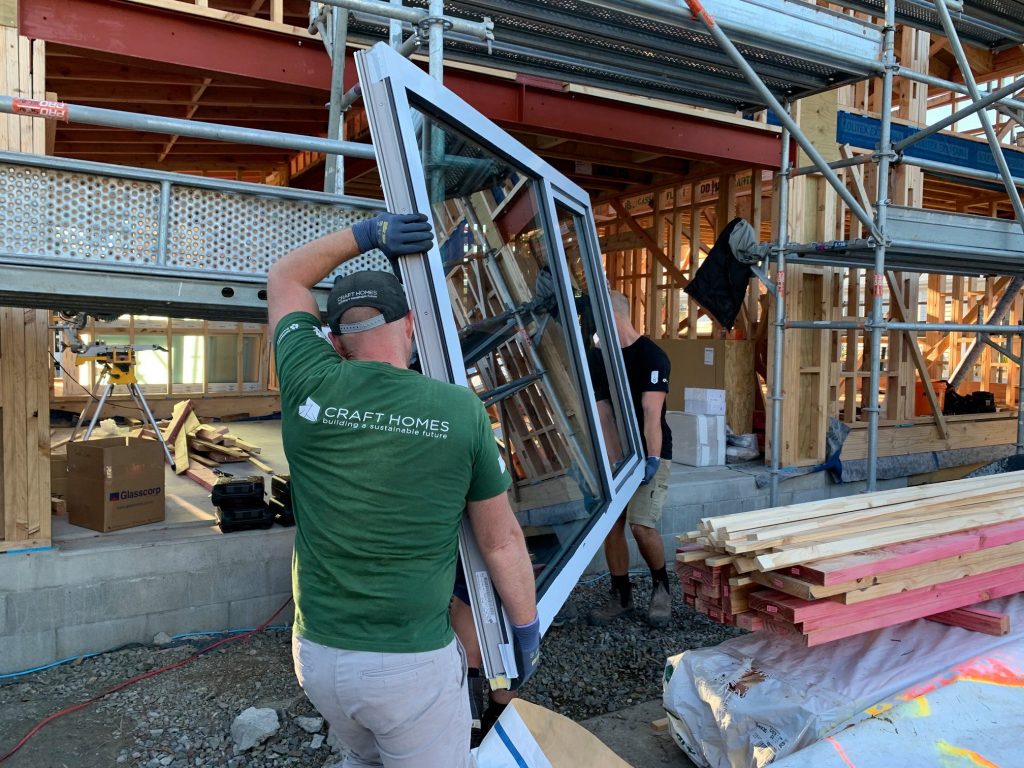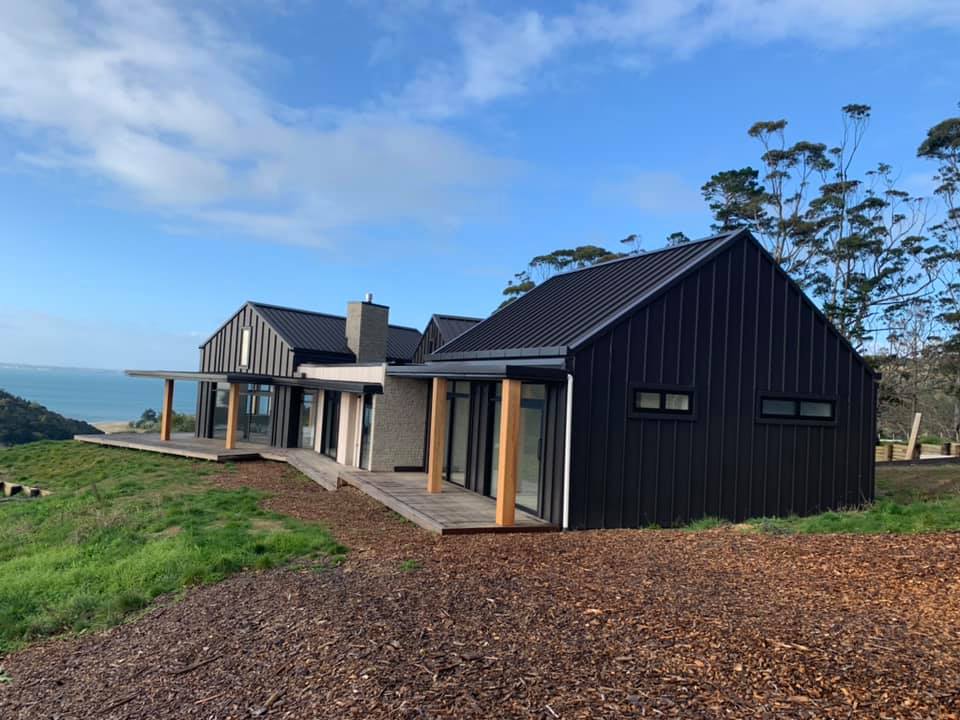Podcast: Play in new window | Download | Embed
Murray and Lee Ann Durbin know what it’s like to live in a good home. For nearly five years, they enjoyed living in the Homestar 10, Passive House Plus Certified Ideal House. The Ideal House is now one of the first Passive Houses in New Zealand to be resold. Murray and Lee Ann have moved on to their next venture, Enveloped, which is enabling more New Zealanders to experience the benefits of a high-performance home.
The First Enveloped House

After selling the Ideal House, Murray and Lee Ann bought a standard New Zealand home that was just built to code. Having grown accustomed to the health and comfort of a Passive House, they undertook considerable upgrades costing tens of thousands of dollars before moving in. The upgrades included a lot of additional insulation, a polythene ground cover, mechanical heat recovery ventilation and central heating. Murray says taht even with all this investment, it’s still a long way from what they’re used.
In their retrofitted standard house, Murray also now has power bills. In the Ideal Home, they had negative bills for part of the year, courtesy of the solar PV array that accompanied their super-efficient home. During summer they recieved negative bills from their power company which balanched out some very lower winter bills of between $50 and $60. Now, even with all the upgrades, monthly power bills in their renovated standard house are in the region of $400.

Safety Over Health
I asked Murray about the cuase of the underlying problem in the building industry that Enveloped helps to solve. At the core of this issuse, he explained, is a focus on safety rather than health. The building code focuses on ensuring that a house doesn’t fall down and doesn’t harm anyone immeidately and obviously. The code addresses structure, fire, electrical work and any obvious water damage. What the code does not mandate well is ongoing degredation and inadequate performance.
Murray is empathetic of the huge task that building inspectors have. He points out that inpsectors have to know about a huge array of products, materials and systems across the whole range of building code clasues. Insulation is simply not a priority against the multitude of these products that building inspectors need to know about.

Product Substitution
Murray says that product substitution is rife in the building industry. With regards to thermal insulation, installers must leave some form of label or certificate on site to show what type of insulation has been installed. The installer will usually just staple a piece of the packaging to the frame somwhere. But there’s not guarantee that the label and the actual installed material match, says Murray. In fact, often times the material installed is obviously different from the label.

The Cold Million Dollar New Home
Murray tells a story about a family who moved to New Zealand and spent their life savings to buy an average, new house in Auckland. The median price for an Auckland house is now over $1m NZD. Soon after moving in, the family reported being cold. Murray inspected the home and installed some monitoring equipment. He soon discovered that it was far from healthy and was missing some key energy efficiency features.
Even when the right products are specified, poor quality installation often happens across the board, says Murray. Homeowners put a lot of trust in their builder and the builder, in turn, trusts contractors to do seemingly simple work such as installing insulation. But this is important work for the ultimate performance of the home. Doing it right takes time and bit of skill.
Enveloped
Enveloped cater for a range of clients with a range of budgets. The common theme though, is the clients’ desire for a high performance building.
With Enveloped, the client is not just relying on the sometimes flawed Council inspection. Murray ensures that all jobs are internally quality controlled and his installers know that Enveloped managers will make them redo any work that’s not up to their own standards.

The Complete Package for High Performance
Enveloped provide all the products and systems you need to take an ordinary house and make it a high-performance home. Murray Durbin and his team help with the selection and installation of airtightness systems, insulation, ventilation, high-performance windows, heating and water heating systems for homes throughout New Zealand.

For the full range of products and systems available, check out the Enveloped website and get in touch with their team to find out about transforming your house into a healthy, energy efficient home.


Leave a Reply